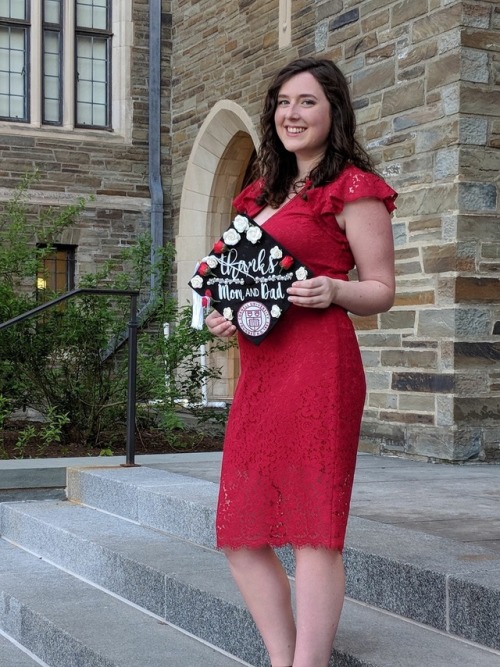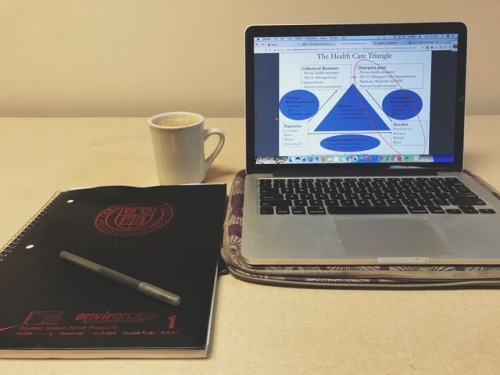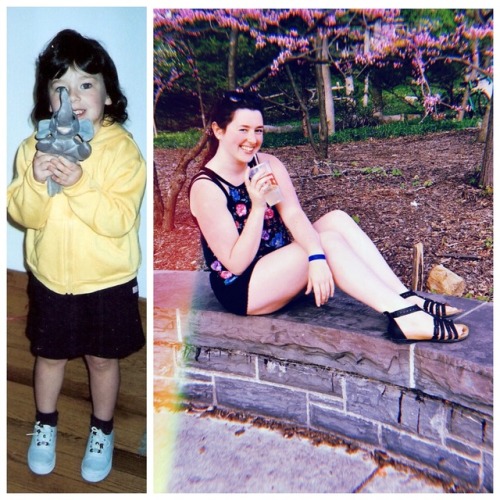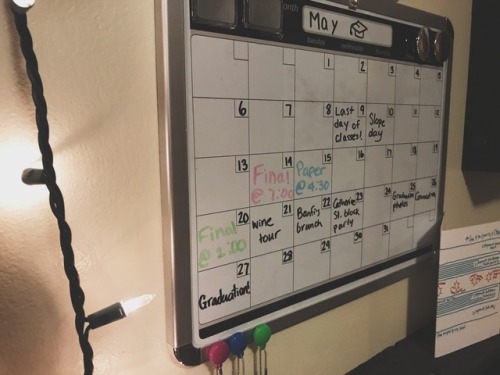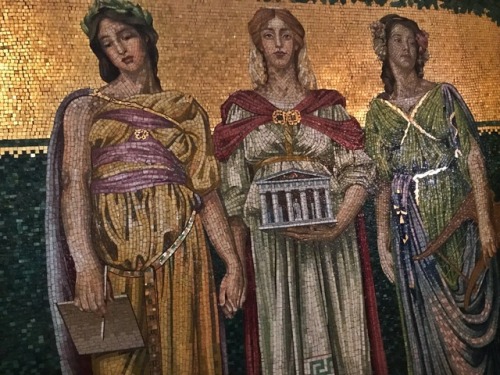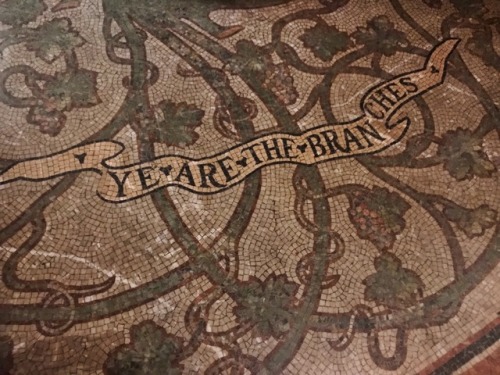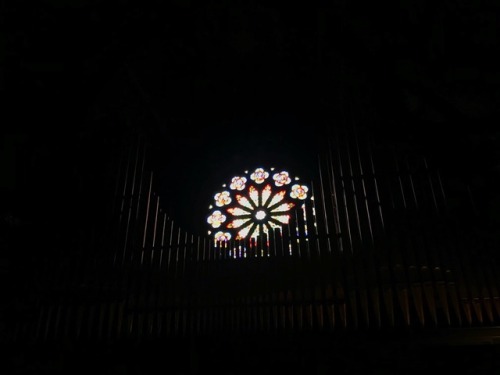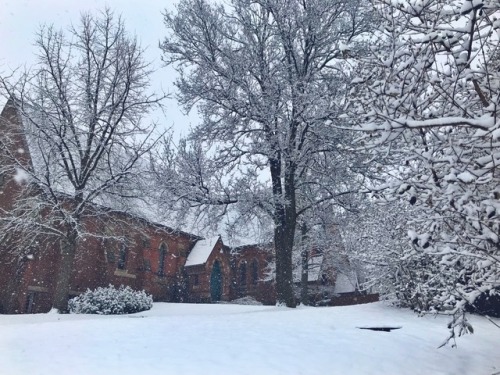#ivy league
Yeah, it was absolutely true. Many colleges, Ivy League and not, had quotas for Jewish attendance. This mostly became an issue in the interwar period.* While Jews had been emigrating to the US for several hundred years, since the first settlement of what is now New York, a massive wave of Eastern European Jewish emigration began in 1881 and continued in full force until (and to an extent through) World War I. In the 1920s, this ended due to racist, eugenicist influences on Congress- draconian immigration laws were enacted in 1924 to drastically limit immigration particularly of poor and “less white” people, like Jews, Italians, and Greeks, by basing the permitted immigration on numbers from 1890, when relatively few had emigrated. However, by the 1920s, colleges felt like they were facing a different problem- second-generation advancement. Jews who had arrived since 1881 had come with little to no English and relatively little education in general, but especially given the emphasis on assimilation and the “melting pot” which their children received in schools and settlement houses, the children of immigrants were far more Americanized, and their parents pushed them toward academic success. By 1915, for example, about 40% of students at Columbia were Jewish (either immigrants or first generation Americans)- ironically due to the fact that Columbia had made it easier for them to get in as public school students by basing admissions on standardized tests.
College administrators were not happy about this, so they decided to do something about it.
Examples:
In 1922, Harvard implemented a 10% quota for Jews in order to prevent a “Jewish problem,” in the words of its president, A. Lawrence Lowell. He rationalized this by saying that he wanted to decrease potential antisemitism on campus.
Harvard also changed its admission system from an entrance exam (which favored studious Jews from the well-performing NYC public school system, who generally succeeded) to a system in which they accepted students from the top seventh of their class regardless of their score on the exam. This favored students in other parts of the country who had received lower quality education, and had the additional “benefit” of reducing the number of Jewish accepted students.
In the 1920s, Columbia basically invented the modern college application form. Why? So that they could weed out Jewish (and potentially other undesirable) applicants. Knowing that many Jews changed their names to hide their Jewishness, these forms required that past names be listed and also asked for country of origin, mother’s maiden name, and social organizations. And you know those questions about extracurriculars? Those were also invented for this purpose, as a measure of “character”- with character meaning “not Jewish.” Jews were known for being studious and “greasy,” not participating in all of the typically WASPy social concerns, and so by making “character” a requirement they were able to eliminate Jews from the pool. Nicholas Murray Butler, when discussing the more limited admission of Jews, stated that there had been no conscious effort to eliminate Jews- after evaluating the application forms, Jews were simply among “the lowest grade of applicant,” this despite the fact that so many had previously been accepted on the basis of grades.Harvard soon followed suit in using an application form, and many other colleges adopted it in the coming years.
While universities like Princeton had been interested in making a quota, it took Harvard and Columbia making the first move for them to implement one, along with colleges like Barnard, Yale, Duke, Rutgers, Adelphi, Cornell, Johns Hopkins, Northwestern, Penn State, Ohio State, Washington and Lee, the Universities of Cincinnati, Illinois, Kansas, Texas, Minnesota, Virginia, and Washington, and the Bronx campus of NYU.
Colgate University kept six Jews enrolled specifically in order to counter charges of antisemitic admissions.
Syracuse University housed Jews separately from other students and had a KKK branch on campus.
Sarah Lawrence College had a question on its application about whether applicants had been raised with “strict Sunday observance.”
-Even as late as 1945, Dartmouth retained a quota for its Jews, citing its status as a Christian college for Christian men.
- If a Jew WAS accepted to an elite university, he (they were generally not coeducational yet) could expect not to be accepted into university culture. The social clubs and fraternities which made these colleges one big boys’ club did not let Jews among their number. They were often considered to lack college spirit, be physically repulsive, not drink enough, be brown-nosers, and not participate in sports enough, as well as to raise the academic standard too high. They were also considered to be below the appropriate level of social class and standing.
-At Brown University, Jewish students were barred from fraternities, but also barred from creating their own fraternity, purportedly to prevent antisemitism.
At the US Naval Academy at Annapolis, the page with the number two ranking cadet, who happened to be Jewish, was perforated so that those who desired could remove it without defacing the volume.
Even at universities which accepted small numbers of Jews, almost no Jews would be accepted as college professors. Fewer than 100 Jews were hired as faculty throughout the country, and nearly all under protest or some kind of special circumstance, with the caveat that they didn’t usually hire Jews.
Graduate programs admitted few Jews, using as the pretext the fact that they would never be hired as university faculty.
Despite all this, Jews continued in their quests for education, becoming 9% of college students despite being 4% of the general population. They were also nearly half of the total number of college students in New York City. They generally matriculated at City College of New York (called by some the “cheder [religious school] on the hill”) or NYU’s downtown campus (nicknamed “New York Jew”). In 1920, CCNY and Hunter College (the women’s college) had 80-90% Jewish student bodies. CCNY had been the first college to create a Jewish fraternity, ZBT, which stood for Zion Bemishpat Tipadeh, or Zion Shall Be Redeemed With Judgement. Even there, there were few Jewish faculty members- for example, there were only four at CCNY. By the 1930s, there were still only 5, and CCNY was faced with charges of antisemitism in their hiring.
There were absolutely protests of this practice. There was an outcry, for example, when Columbia implemented its application form. However, for the most part, Jews preferred not to attend colleges where they would be social outcasts and often (especially those who already lived in NY) actively chose schools like CCNY/Hunter College and NYU (and initially Columbia) as they were close to home and would provide a more Jewish-friendly environment. In general, especially in the 1930s and 40s, the US was a pretty antisemitic place (I touch on this here). For example, in a poll in the 1940s, 45% of college students said they would not want to be roommates with a Jew. The end of the practice of Jewish quotas wasn’t so much due to outcry as due to an internal examination of antisemitism in the US and the decline of the phenomenon in the postwar years. (The Civil Rights Act didn’t exist til 1964, so the practice wasn’t illegal.)
*That’s not to say there was no discrimination against Jews in colleges before this- many prominent Jews of the early 20th century, such as Oscar Straus and Bernard Baruch, later noted the difficulties they faced as Jews in university.
studying abroad is like going to an ivy league college. you are legally required to meticulously mention either in conversations for the rest of your life.
11.21-12.21
hello so i filmed this back in september but school is hard and i finally have time to edit this now that it’s winter break. long overdue. fall semester was a chaotic but great time. xx
It’s been two weeks since I graduated Cornell. Today I move away from the only home I’ve ever known to start a new adventure in Chicago, where I will be joining Teach for America and working as an elementary school teacher while obtaining my Master’s at the same time.
Undergrad was a roller coaster, but I am so thankful for the last four years. I couldn’t have done it without my parents, friends, professors, and other mentors I met along the way.
Part of my heart will always belong to Cornell and Ithaca, but for now another part will be in Chicago. This blog has always been about Cornell (hence cornelldiary), but it’s dealt with other topics through the years as well, so I may continue posting things I find interesting or helpful or beautiful. Please let me know if there’s anything particularly useful I could post about on here or anything you would want to see this blog devoted to from here on out. As always, never hesitate to reach out with your questions and stories. I love hearing from you all; thanks for your part in getting me through the last few years.
Post link
Ava DuVernay — award-winning director of Selma, 13th, and A Wrinkle in Time — spoke at Cornell convocation today.
Post link
I got diagnosed with Lyme disease yesterday. My last finals week started today. So. Things are going great!
Post link
Sage Chapel. The top three murals represent Cornell’s commitment to the arts, the sciences, and coeducation.
Post link
I’m incredibly honored and thankful to have accepted an offer with Teach for America. Following graduation, I will be moving to Chicago to teach elementary school in low-income communities. I can’t wait to confront educational inequality head-on, and I’m extremely excited to move to a city filled with constant opportunities and thousands of restaurants.
Post link


